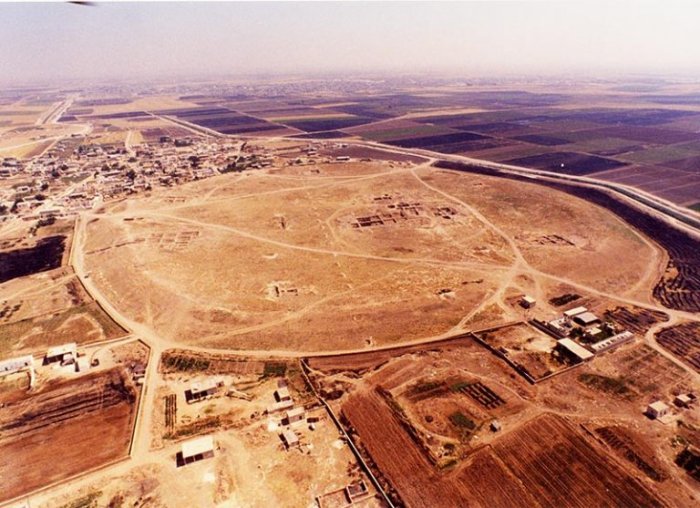Explorersweb reports that archaeologists believe that characters engraved on small pieces of clay excavated in ancient tombs in Syria are the oldest letters in human history.
Clay fragments and excavated graves were found to date back to 2400 BC after experts carried out carbon dating. This means the writing system on the artefacts predates other early alphabets by around 5,000 years.
Previously, most experts believed that the ancient Egyptians were the ones who invented the alphabet around 1900 BC.
Professor Glenn Schwartz from Johns Hopkins University, who is also the leader of the archaeological project, said that this new discovery shows that humans developed communication technology very early and originated in a completely different location than what has been proven.

Also according to Explorersweb, to obtain research results on the true origin of the alphabet, experts had to undergo a 16-year excavation in the Tell Umm-el Marra area, western Syria.
In the excavated ancient tombs, Professor Schwartz's team found not only finger-sized pieces of inscribed clay, but also many other artifacts including jewelry and ceramic vessels.
Because each piece of clay had small holes, Professor Glenn Schwartz thought that they could be some kind of label with detailed information about an object and tied to them. However, everything is still just a hypothesis, Mr. Schwartz said: "There is no way to translate this writing, we can only speculate."
To shed light on this, Schwartz and his team continue to investigate the development of small cities and urban areas across Syria.











